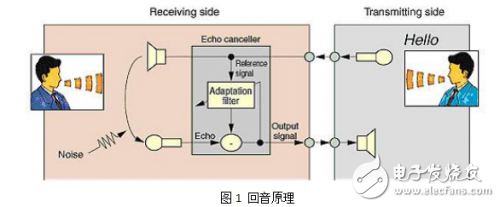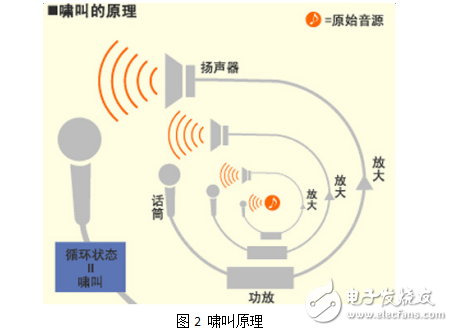Recently, I was doing some intercom equipment. During the test, every time I finished speaking into the microphone, I could always hear what I said from the speaker in front of me. I remember a similar situation when I called occasionally, but I didn't know why there was my own voice on the phone. Before, I only thought that there was a problem with the phone, or the signal was connected, and I didn't think about it. This time I encountered this phenomenon face-to-face. Only after I understand it is this one of the most difficult problems in the design of the intercom system, the echo problem. After a period of struggle with the echo problem, I have accumulated a lot of experience in echo cancellation, and today I will share these experiences with everyone, mainly one of the echo cancellation debug boards used.
In order to share the complete design this time, the tool I use is EasyEDA. This website has very good support for open source hardware design. It is similar to Github, but focuses on open source hardware design, and I personally feel that it is much closer to the people than Github. Github is only available in English and is naturally tailored for the gods. Github focuses on the open source software, has a very powerful version management function, can completely record the modification history of each text format file, and compare the differences between different version files, and supports online code reading. However, this powerful management function is also limited to text format files. For non-text format files, Github considers it to be a file and only records its version. If you do not describe the content of this file modified enough, it is too paragraph It is very troublesome to roll back the version after time, and Github does not support online browsing of such files. EasyEDA supports online hardware design, and has good project management and version management functions. Pick two pictures to briefly explain EasyEDA, because the following is mainly operated on it.
It took a little slobber to describe the design tools. Workers must sharpen their tools to do their best, so I will spend some time spreading some basic knowledge to partners who have just encountered echo problems.
Its basic principle is like this. As shown in the figure below, the sound source (user speech) is collected from the microphone of the local device and sent to the remote device through the network. The remote device plays the sound of the source from the speaker (usually amplified). The remote device does not perform echo cancellation processing, then the sound played by the remote device's speaker will be collected by the remote device's microphone, and transmitted back to the local device through the network, and after amplification, it will be processed from the local speaker .

The analog intercom system has relatively few problems with intercom echo. There are two reasons: 1. The transmission delay is very small. Even if there is a voice, it is usually hidden in the voice of the speaker, which is not easy for users to perceive. 2. Due to the first reason, the echo cancellation processing of the analog system is also relatively simple (partners who have understood the echo cancellation algorithm should know that the time when this echo returns is a key parameter, and the echo algorithm is not discussed here, so I will not repeat it) , The output and input are directly subtracted, and the effect of echo cancellation is basically guaranteed. Our commonly used analog intercom systems have traditional fixed-line systems, while IP phones are (digital) network intercom systems.
The difference between intercom echo and howlingThe following figure simply illustrates the formation of howling. The basic reason is that the audio collected by the microphone is amplified and then broadcast from the speaker. If the speaker is placed closer to the microphone, then the sound waves are transmitted back to the microphone through the space, and the microphone transmits these amplified sounds. Collected again and sent to the power amplifier for amplification, and then broadcast from the speaker, and then repeated, the sound became louder and louder, from the observer's point of view, the speaker screamed like a loud, loud noise. This is a bit like a tsunami. Seismic waves push the waves forward, and later waves will be superimposed on the previous waves, and finally the higher the stack, forming a giant wave, causing amazing destructive power.

Echo can also cause howling, but this return path includes not only space (acoustic echo propagation path) but also circuit cables, but the reason for "calling" is the same, there is an audio loop, and there is on the ring Zoom in.
We have experience and skill to support customers to tooling for their required waterproof connectors, like IP68 series,micro fit connectors. Etop wire assemblies for various industries have been highly recognized by all the customers and widely used for automobiles, electrical and mechanical, medical industry and electrical equipemnts, etc. Products like, wire harness for car audio, power seat, rear-view mirror, POS ATM, Diesel valve Cover gasket fit, elevator, game machine, medical equipment, computer, etc.
JST Connector,Molex Connector, Multi-Contact Connector, Micro Fit Connectors
ETOP WIREHARNESS LIMITED , https://www.oemwireharness.com